Jetstar is offering an awesome deal that will settle all your long weekends for 2017
One ticket to rule them all... take our money!
The thing we love about Peranakan cuisine is that the dishes have such full, wholesome flavors thanks to a combination of Chinese, Malay and other influences. With Singapore being a melting pot of different cultures, we have no shortage when it comes to this delectable cuisine. Here are four establishments that serve up excellent Peranakan fare.

The island is awash with elevated Peranakan food, but it’s Candlenut that our panel is gaga for. The space just moved to a befittingly pretty spot at Dempsey’s new Como development and made the bold move to do communal degustation dinner menus. We’re glad to see Peranakan food getting the fine dining format. Chef Malcolm Lee fuses innovation with the complex flavors of Nyonya cuisine passed through his family, to create dishes like the tiger prawn lemak nanas and the snapper with black mangga sambal. 17A Dempsey Rd.
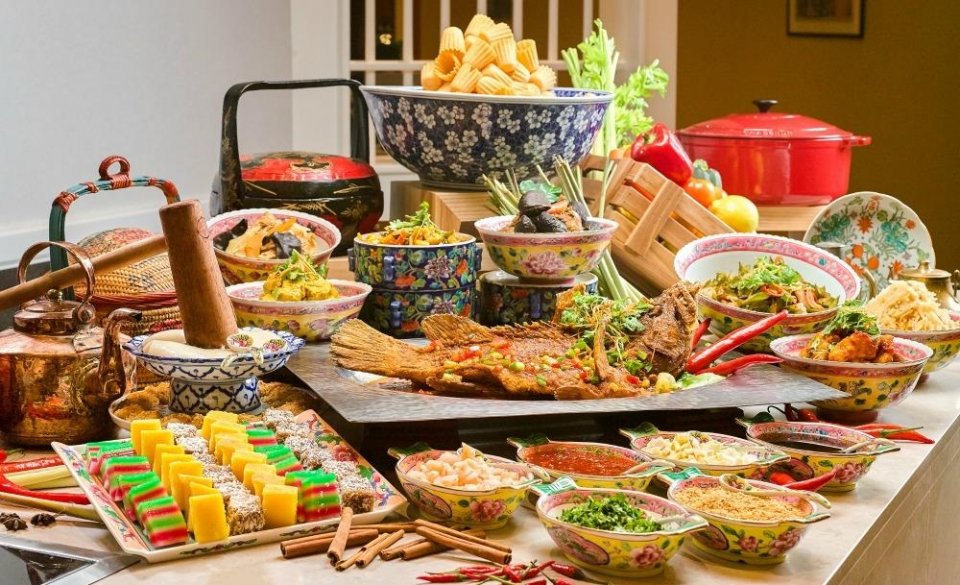
With a bright and airy revamp just a few months ago, this sun-drenched riverside restaurant does buffets for breakfast, lunch and dinner, as well as an international and Asian a la carte menu. But the big draw is their selection of local and Peranakan fare, such as Nyonya laksa, ayam buah keluak, black bean slipper lobster and babi pongteh. There are good vegetarian options, too. 20 Merchant Rd.
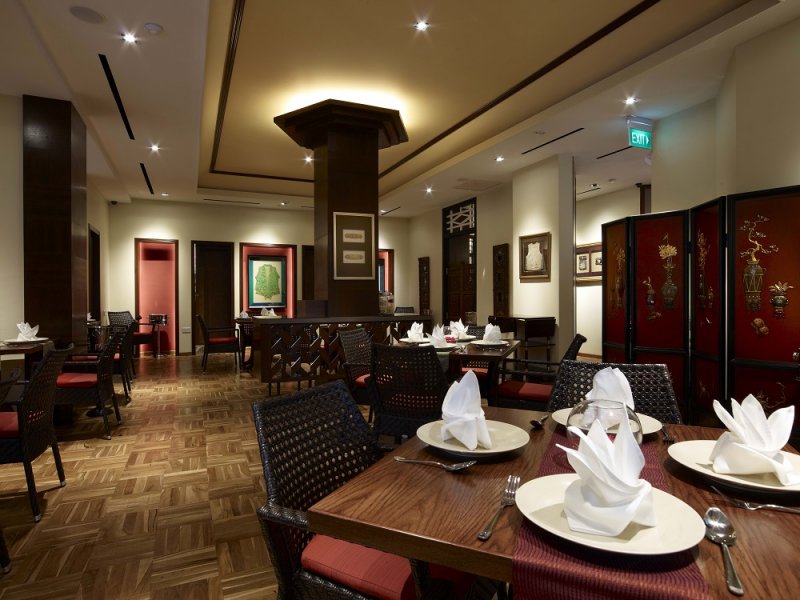
Peranakan restaurants in Singapore tend to be cozy and set in shop houses. Not this one. This longstanding favorite is situated in a massive black and white house with big compound offering alfresco seating to boot. Setting aside, they serve up authentic Nyonya cuisine with punchy flavors that don’t skimp on the spice blends: get the ayam buah keluak, five-spice ngoh hiang and babi pongteh. 35 & 35A Scotts Rd.
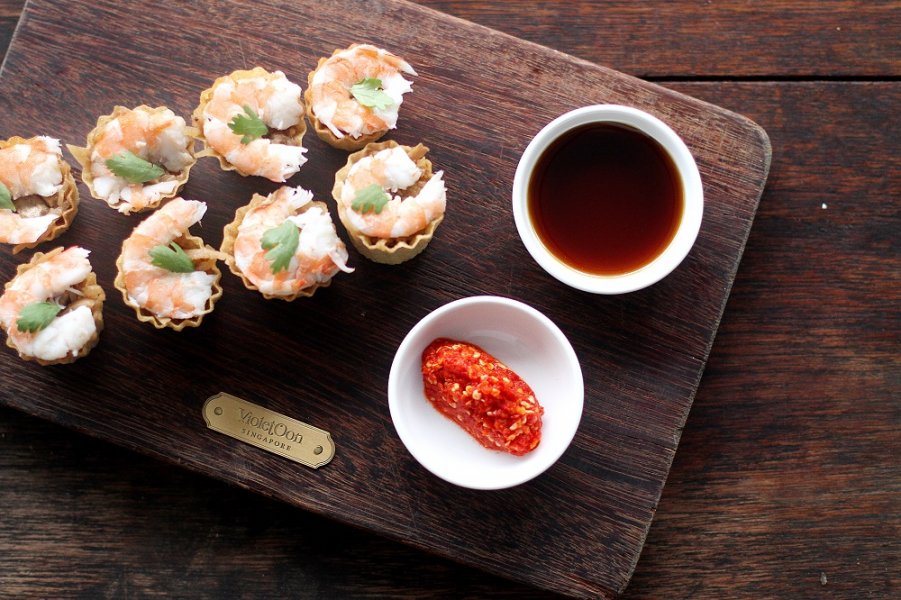
The focus may have shifted to the newer National Gallery branch and its more recent Clarke Quay opening this year, but Oon’s original venture on Bukit Timah is still the place to go to for pure Peranakan fare. The revamped black-and-white space is now interspersed with colorful Peranakan tiles and classic bistro furniture, and the menu focuses more on what she’s best at: Peranakan classics like pong tau hu soup, ngoh hiang, kuay pie tee, udang goreng chilli, dry laksa and buah keluak noodles. 881 Bukit Timah Rd.
Advertisement
The heavy blend of springy noodles, rolls of fatty meat and rich, salty broth make a good bowl of ramen something close to comfort food Nirvana. And thanks to Singapore’s massive Japanese community, we’re blessed with pretty much every ramen style out there. Here’s what you need to know about the major ramen regions of Japan, and where you can taste each style without leaving town.

Traditional Tokyo ramen typically features curly noodles in a dark, clear shoyu broth made of pork and chicken bones. This broth is sometimes based on seafood and dried fish. Common toppings are roast pork, scallions, seaweed and bamboo shoots.
Get it at: Tsuta Singapore, #01-01 Pacific Plaza, 9 Scotts Rd., 6734-4886, www.tsuta.com.

The much-loved tonkotsu (pork bones) broth originated in Fukuoka prefecture in the southernmost Kyushu island. The result of cooking pork bones over a rolling boil for extensive hours, the thick creamy broth is packed with fatty goodness and deep flavors. Sitting atop firm, thin noodles, you’ll usually find roast pork, scallions, seaweed, pickled ginger, garlic and pickled mustard greens.
Get it at: Ippudo, #04-02 Mandarin Gallery, 333A Orchard Rd., 6235-2797, www.ippudo.com.sg.

Located in the Northern Hokkaido island, Sapporo is home to one of the newer styles of ramen. Characterized by a thick miso-based broth, the ramen is topped with ground pork, bean sprouts, cabbage and corn, which are sometimes fried in the miso beforehand. You’ll also often see it topped with a pat of butter.
Get it at: Sapporo Ramen Miharu, #01-06/07/08 Millenia Walk, 8 Raffles Blvd., 6733-8464, www.facebook.com/miharusappororamen.

Niigata prefecture is famous for many things. Located on the western coast in central Japan, it enjoys great weather, abundant seafood and a reputation for excellent ramen, particularly the kind with a relatively clear shoyu (soy sauce) broth which sees any combination of tonkotsu, chicken and even dried fish for an incredible depth of flavour that is not too heavy or fatty.
Get it at: Sanpoutei, #01-01 253 Holland Ave., 6463-7277, www.sanpoutei.sg.
Broth
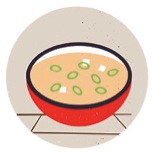
Broth is the core of ramen. The base defines a ramen’s flavors well before seasoning. Typical broth bases range from animal bones like tonkotsu (pork bones), tori (chicken bones) and gyokotsu (beef bones) to gyokai (seafood) and lighter variations made from sea kelp and dried seafood. Ramen is also defined by its heaviness: either kotteri (rich) or assari (light). The heavy, opaque kotteri broth, also known as paitan, results from long-boiled bones while the clear, thin assari broth is made of vegetables, seafood or briefly-cooked bones.
Tare

Tare (seasoning essence) adds flavors and character to the bowl, and can be mixed into the base or added later. Though all three of the main essences sound like they only account for saltiness, there are subtle differences. Shoyu (soy sauce) is the most common type and it benefits from round flavors and umami. Shio (salt) makes for a clearer and lighter soup both in terms of taste and color. Miso (soybean paste) adds body and pungency to the soup, resulting in bolder texture and flavors.
Noodles

Noodles are made from wheat flour, water, salt and alkaline water, and vary in their precise shape, thickness and texture—from thin to thick, straight or curly—to go perfectly with different soups. Some shops also let you pick the firmness of your noodles.
Toppings

Chashu (roast pork) is one topping you can find on almost every bowl of ramen, usually prepared by simmering pork in sweet soy and mirin (sweet rice wine) until tender. Ajitama (short for ajitsuke tamago, [seasoned egg]) sees a golden half-boiled egg marinated in soy sauce and mirin, which comes out slightly salty and sweet. Nori (dried seaweed sheet) is there to add a subtle seaside aroma and a little crunch between bites. Scallions are chopped and sprinkled over a bowl of ramen to power it with pungency. They're also the most typical topping in every bowl of ramen. Menma (pickled bamboo shoot) combines a crunchy texture with a slightly sweet flavor.
Advertisement
It's one thing to have food delivered to your doorstep, but a whole other thing to share a couple of dishes with your close buddies. And who else does some great, lip-smacking ones? The Spanish, of course. It's all about sharing plates of joy and convivial vibes at these Spanish establishments.

Young Barcelona-born chef Carlos Montobbio took over the Esquina kitchen over a year ago, and the vivacious space has only gone from strength to strength, offering classic, comforting tapas with some innovative touches, as in the sandwich-style Spanish omelet, which comes with onion confit and olive oil caviar, and the Spanish Nigiri, a delicious dollop of salted cod, potato and garlic oil topped with roasted peppers. If you haven’t been in a while, check out the quieter second floor space, great for groups. 16 Jiak Chuan Rd.
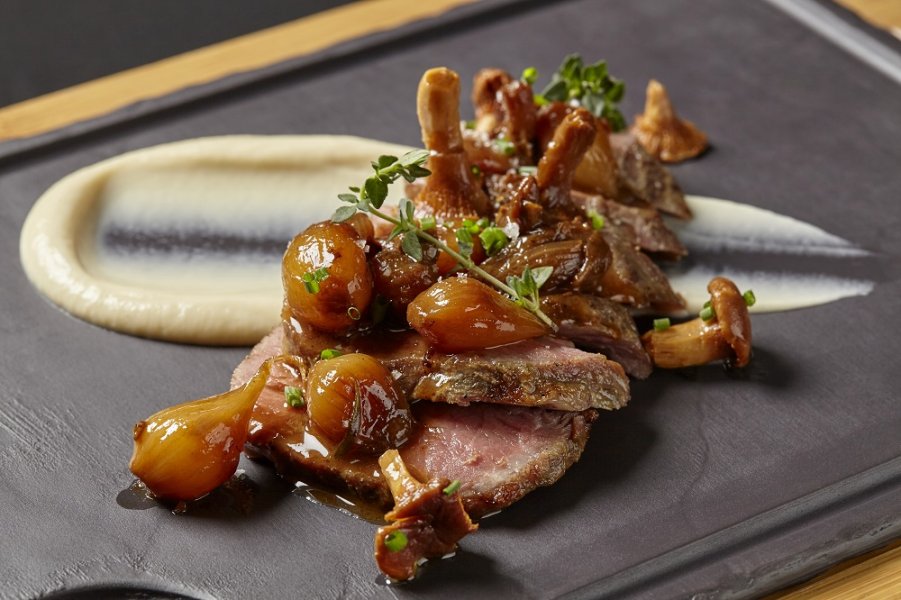
It opened a couple of years ago, but this boisterous yet elegant Spanish tapas and cocktail joint, by Michelin-starred Nandu Jubany in collaboration with Jordi Noguera and Dario Nocentini, is still perpetually packed most nights of the week, thanks to its affordable cocktails and gently tweaked versions of classic dishes. Expect modern takes on dishes like black Mediterranean paella with seafood and garlic mayo. Jubany has also added in some Asian flair with progressive plates of onion soup ramen noodles with smoked quail eggs, pork belly and shitake mushroom. 40 HongKong St.
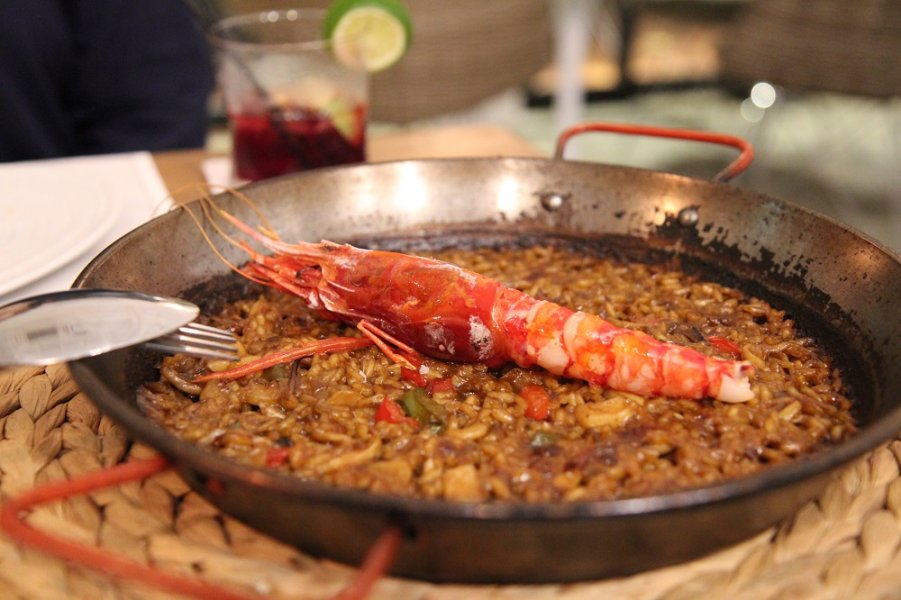
It’s not as hyped as some of the other recent openings, but foodies and industry professionals know that Michelin-starred Catalan chef Carles Gaig’s airy restaurant, set in a white heritage building on Dempsey, is a culinary triumph. Gaig’s daughter Nuria Gilbert runs the restaurant, while Eduard Castellarnau helms the kitchen. Try exciting tapas like the Atlantic cod fritters and the canelon, a cannelloni-style dish stuffed with foie gras, beef and pork in truffle cream. They also do a mean fideua—a Catalan noodle paella—and a crispy suckling pig. #01-01 16A Dempsey Rd.

Chefs Maria Sevillano and Edward Esmero put out an impressive range of tapas (think garlic mushrooms and grilled asparagus) and paella at this Bukit Timah gem, which even has a dedicated jamon bar. They also do a great brunch menu including some tasty churros and refreshing cava mimosas. 619 Bukit Timah Rd.
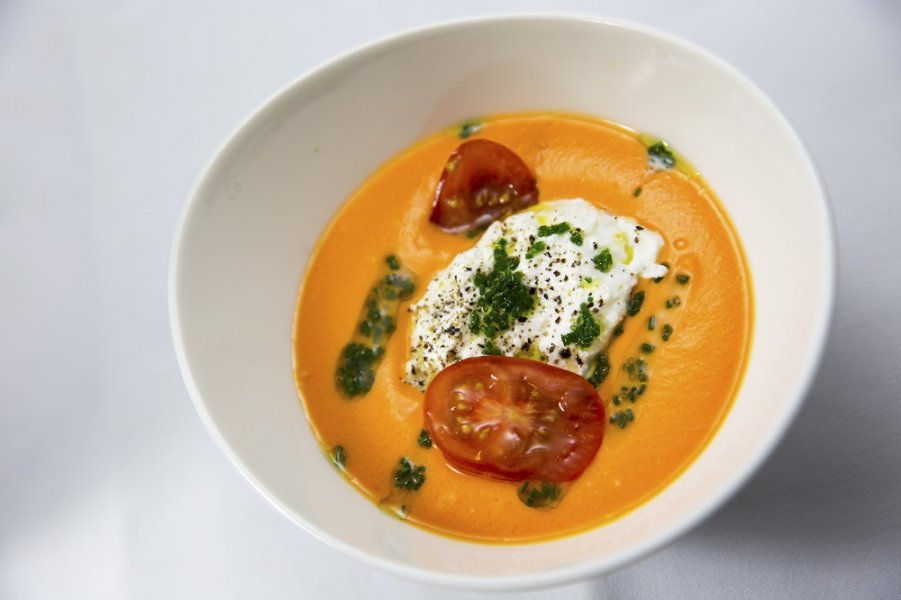
Helmed by Peruvian Chef Daniel Chavez, this is a homey spot with friendly service and simple, well‑executed food. Don’t miss the gazpacho, a cold tomato and cucumber soup with raspberry vinegar; ceviche, marinated fish with lime, chili and red onions as well as the roasted suckling pig with orange caramel and sweet and sour sauce. #01-06 Marina Bay Financial Centre Tower 3, 12 Marina Blvd.
The reins at this Spanish restaurant and tapas bar have switched from JP Patruno to executive Antonio Oviedo, but you can still expect the same ingredient-driven preparation and bold flavors at Una. Breezy bungalow-and-garden setting aside, the other point of pride here is the parrilla grill, which—classic tapas aside—serves up some interesting dishes like the Atlantic cod with bread crumbs,chorizo and grapes. 1 Rochester Park.
Advertisement